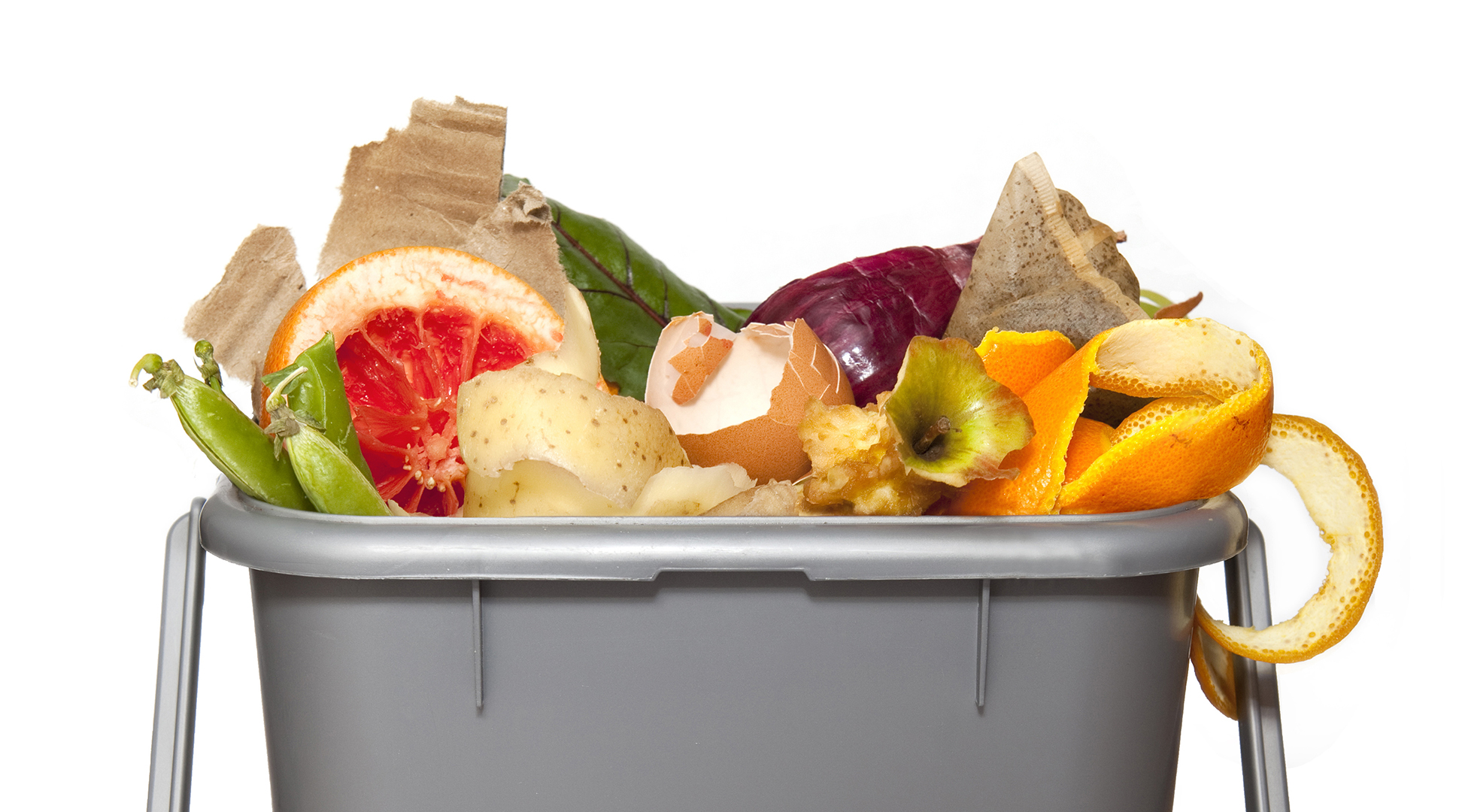by Carie Moore
It's that time of year when spring planting is in full swing, at least in our neck of the woods. I'm doing my monthly class visits (ironically this last one fell on a rainy day) and reading the new book "Right This Very Minute." The students and I broke down breakfast, lunch, supper, and snacks with the different products they talked about in the book. We realized, at a minimum, just for food in that book, you need around eight types of farmers and ranchers to feed you in a day.
It showed how important farmers’ and ranchers’ time and hard work is, and why it shouldn't be taken for granted. But we still do.
Did you know that about 25 percent of the purchased food Americans buy is wasted? I explained to the students that for every four apples you buy, that’s like throwing one away. For every $100 of food you buy, give me $25 right off the top that you won't eat. That's kind of depressing as we're starting our crop year.
We shared ways to reduce food waste in our own homes. It’s part of the No Taste For Waste campaign with American Agri-Women and American Farm Bureau Federation. Check out these resources:
americanagriwomen.org/agday365
One of the ways we talked about reducing waste was to grow food you can pick when it's ready instead of going to the grocery store and buying it and having it rot in the fridge. You can cut and regrow spinach and lettuce and make it last all season. You can also donate food to people in your community or make a meal for a farmer friend you may know working hard in the field and deliver it to them instead of having leftovers you might not eat.
When we go out to eat (we usually tend to eat at buffets) my children know to only take a little bit and they can always go back for more. We also will get buckets of trimmings and waste from the local cafe from their lettuce and vegetable scraps, butts of bread or old loaves, fruit cores and ends, and taken it home to feed our pigs. We have also used some to compost and put back into the garden over time to grow more food.
Curbing food waste isn’t easy. I sometimes buy produce or take out meat to thaw, then we get busy and I don't get it cooked or eaten and it gets rotten and I end up throwing it out. That’s probably the biggest challenge in our home.
I encourage you to join in and help us reduce food waste. It begins first in our homes, schools, communities, and with each one of us respecting the food we have. Let's start there and use what we have. There isn't a shortage if we are still throwing it away.
